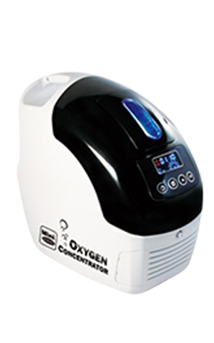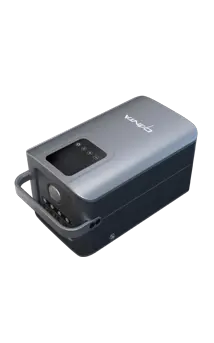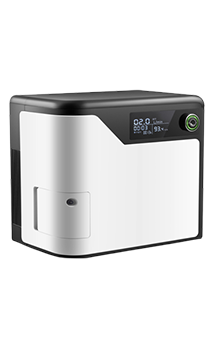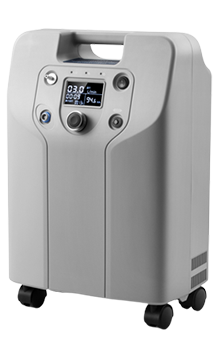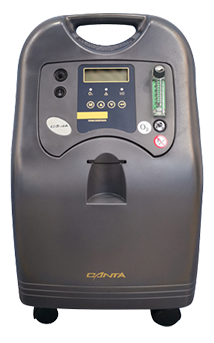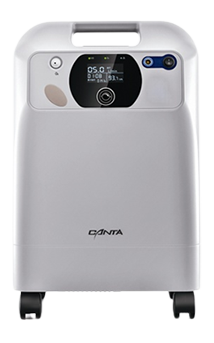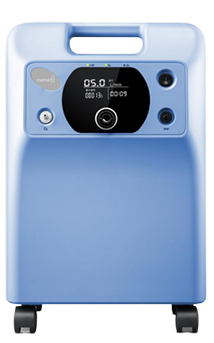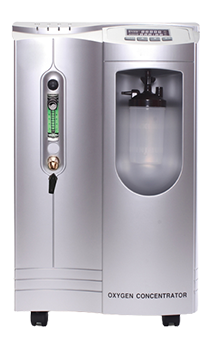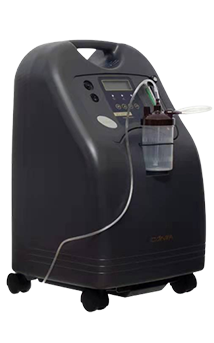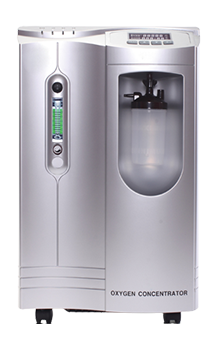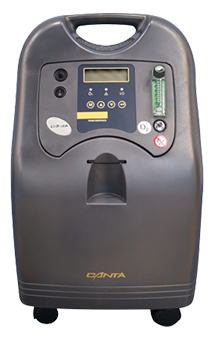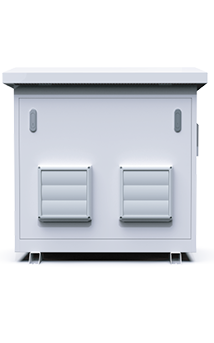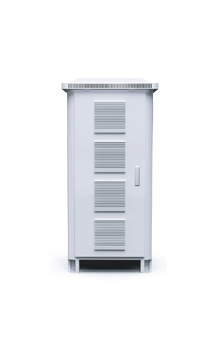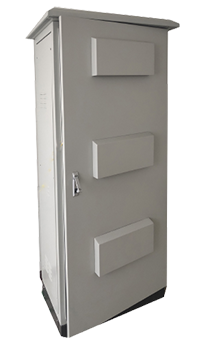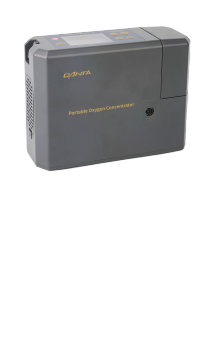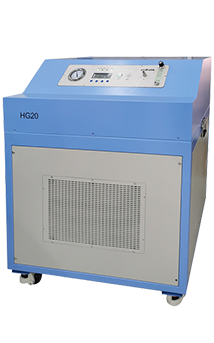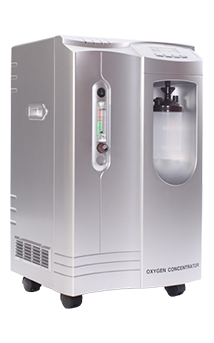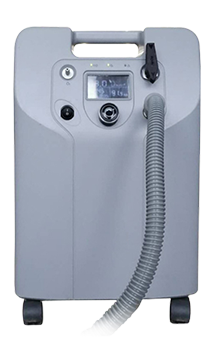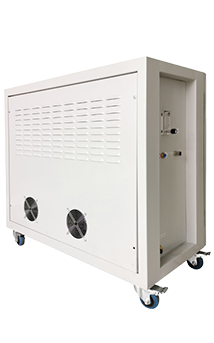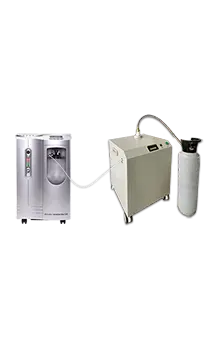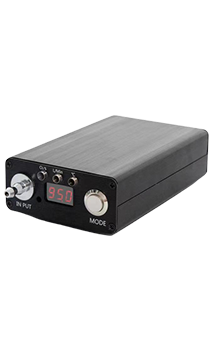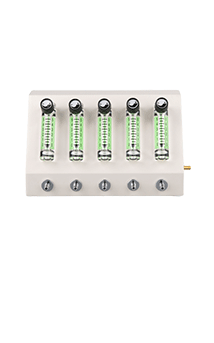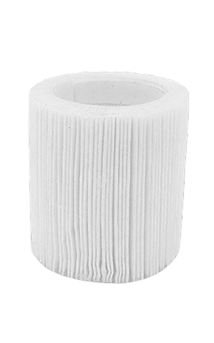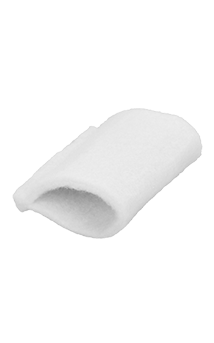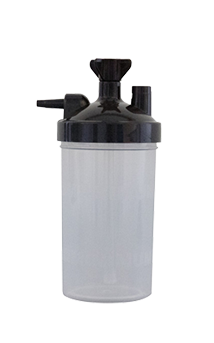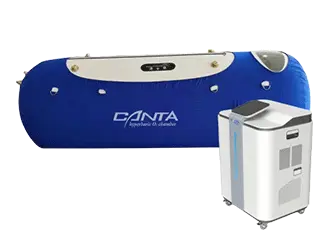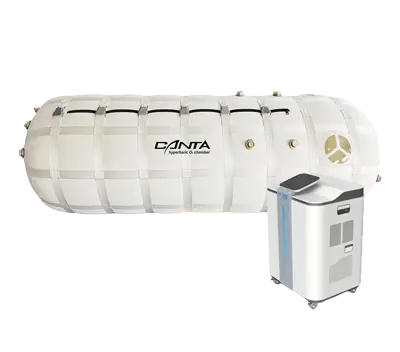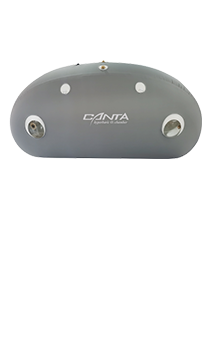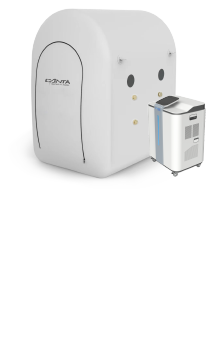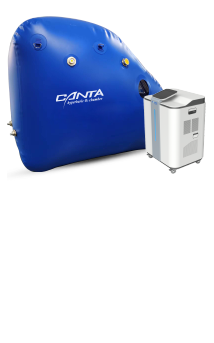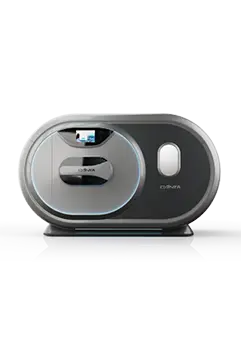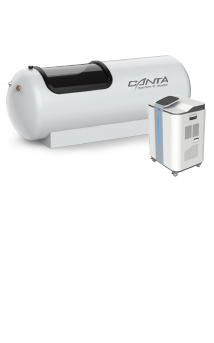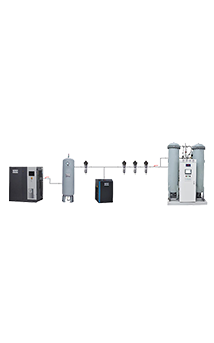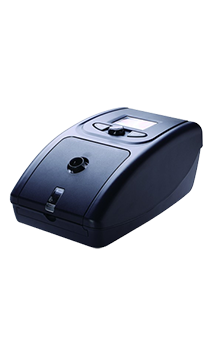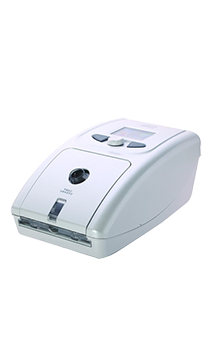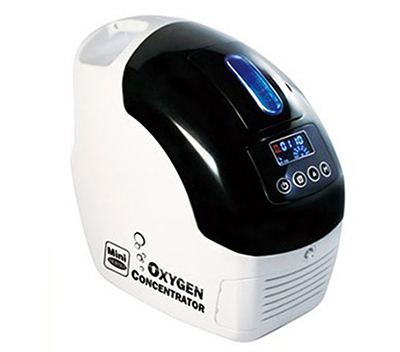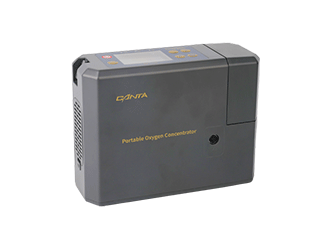Oxygen concentrators have become a crucial life-saving device for individuals dealing with respiratory conditions and other medical situations where there is a need for supplemental oxygen. With advancements in technology, the functionality of these devices has significantly improved. One such innovation is the oxygen concentrator flow splitter, which allows the device to provide oxygen to multiple users simultaneously. In this blog, we will explore the working mechanism of an oxygen concentrator flow splitter and understand its importance in improving the lives of patients.
Understanding the Basics of Oxygen Concentrators
Before diving into the specifics of how an oxygen concentrator flow splitter works, let's quickly understand the basics of these medical devices. An oxygen concentrator is a piece of equipment that extracts and concentrates oxygen from the surrounding air. It works by filtering out nitrogen and other gases from the air, leaving behind purified oxygen for inhalation. Oxygen concentrators are typically used by individuals with respiratory conditions such as chronic obstructive pulmonary disease (COPD), pneumonia, asthma, or those recovering from surgery.
The Role of an Oxygen Concentrator Flow Splitter
An oxygen concentrator flow splitter is a device that allows the distribution of oxygen to multiple users from a single concentrator. It acts as a connector between the concentrator and the users, ensuring that each person receives an adequate amount of oxygen flow. With the help of a flow splitter, patients can connect their nasal cannulas or oxygen masks to the concentrator simultaneously, without the need for multiple devices or sacrificing oxygen delivery.
Working Mechanism of an Oxygen Concentrator Flow Splitter
An oxygen concentrator flow splitter operates using a simple yet efficient mechanism. It is essentially a valve or manifold that diverts the oxygen flow from the concentrator into separate outlets. The flow splitter is placed in between the concentrator's outlet and the tubing that connects to the patient's nasal cannula or mask. The device is equipped with a series of valves or knobs that allow the user to control the flow of oxygen to each outlet independently.
The flow splitter ensures that each user receives an adequate amount of oxygen flow according to their prescribed settings. It evenly distributes the oxygen flow among the connected outlets to maintain a constant supply. This is particularly useful in healthcare settings where multiple patients need oxygen therapy simultaneously.
Advantages of Using an Oxygen Concentrator Flow Splitter
Utilizing an oxygen concentrator flow splitter offers several advantages, both for patients and medical professionals. Firstly, it eliminates the need for multiple concentrators, reducing costs associated with purchasing and maintaining additional devices. It also saves space, providing a more convenient setup for healthcare facilities.
Moreover, a flow splitter ensures equal oxygen distribution, preventing any discrepancies in oxygen delivery amongst users. This ensures that each patient receives the required amount of oxygen, resulting in improved therapy outcomes and patient satisfaction. Additionally, medical professionals can easily monitor individual oxygen flow rates and make necessary adjustments without disrupting other users.
In conclusion, an oxygen concentrator flow splitter plays a vital role in enabling multiple users to receive oxygen therapy from a single concentrator simultaneously. By evenly distributing the oxygen flow, it ensures equal delivery to each patient's nasal cannula or mask. The use of flow splitters offers numerous advantages, such as cost-effectiveness, space-saving, and improved therapy outcomes. As technology continues to advance, we can expect further enhancements in oxygen concentrator flow splitter designs, ultimately improving the lives of individuals reliant on supplemental oxygen therapy.
 EN
EN  ja
ja  ko
ko  fr
fr  de
de  es
es  it
it  ru
ru  pt
pt  ar
ar  tr
tr  th
th  da
da  fa
fa  pl
pl  ro
ro  hu
hu  el
el  af
af 
